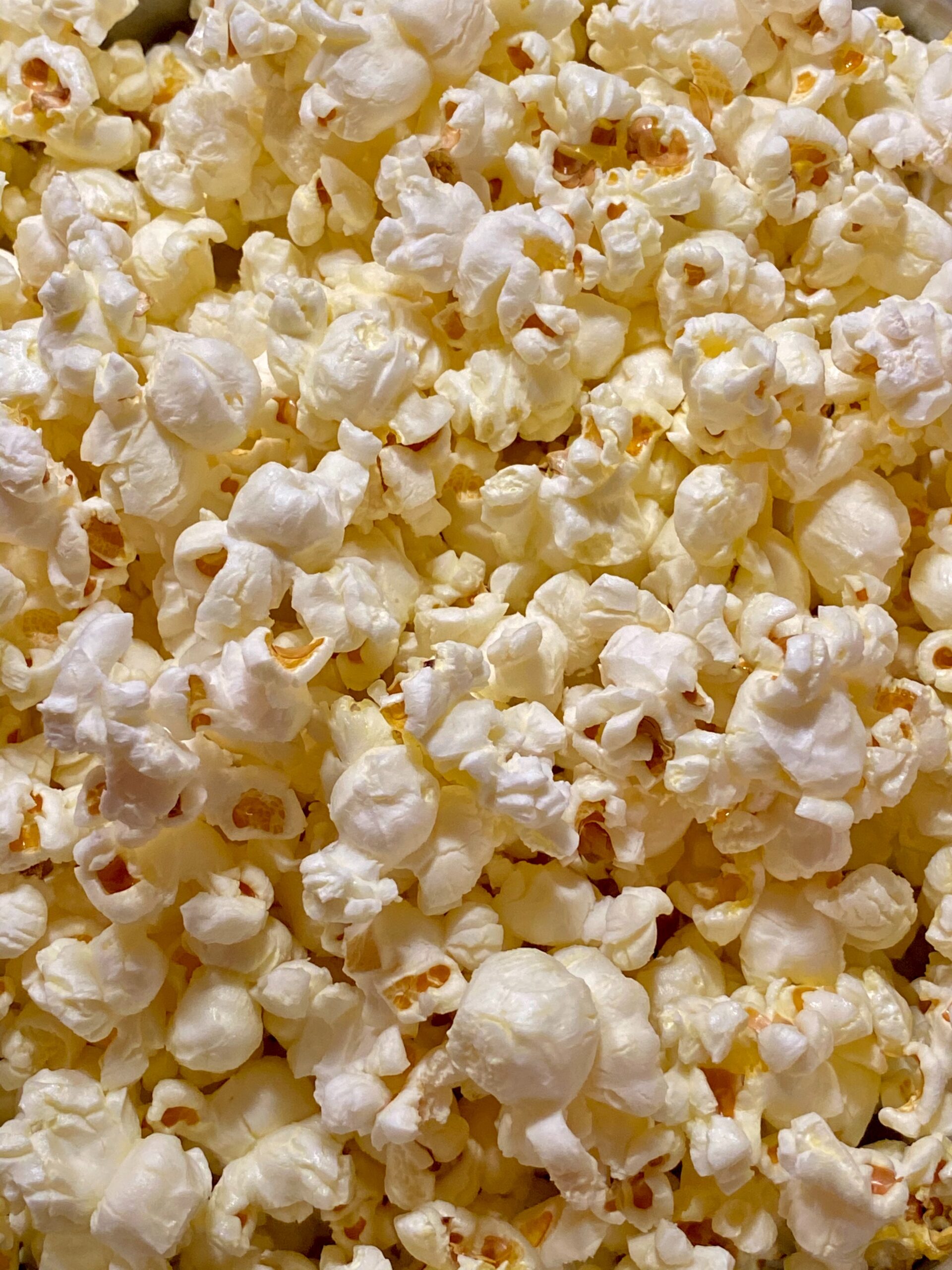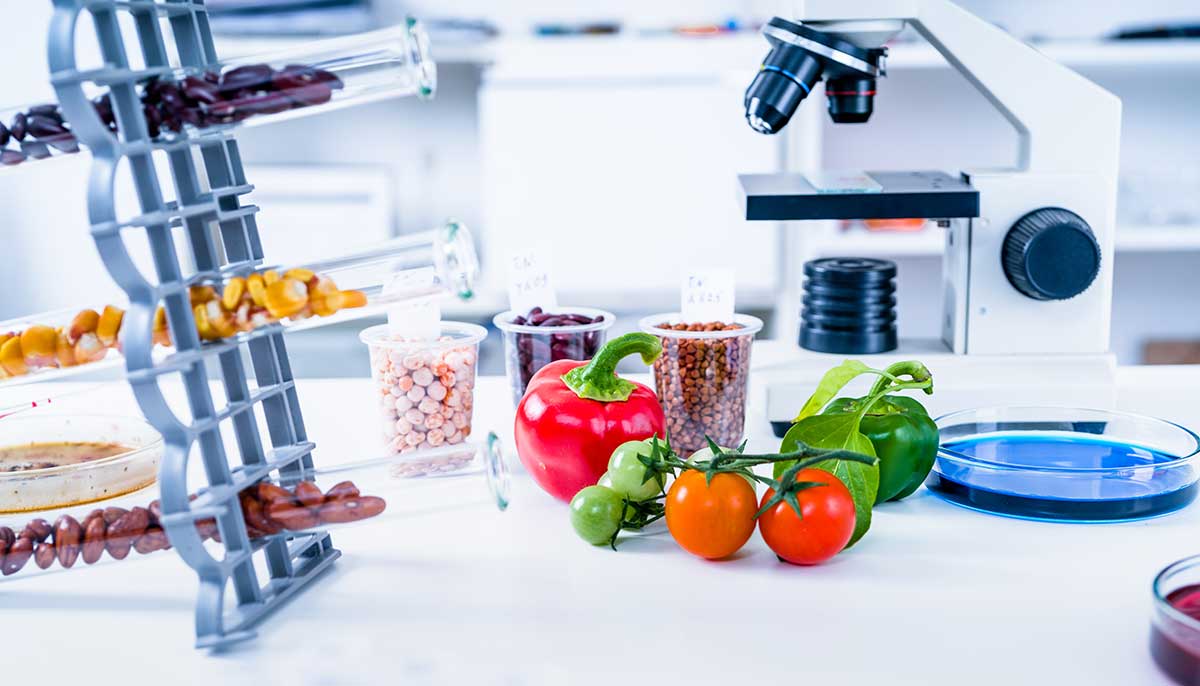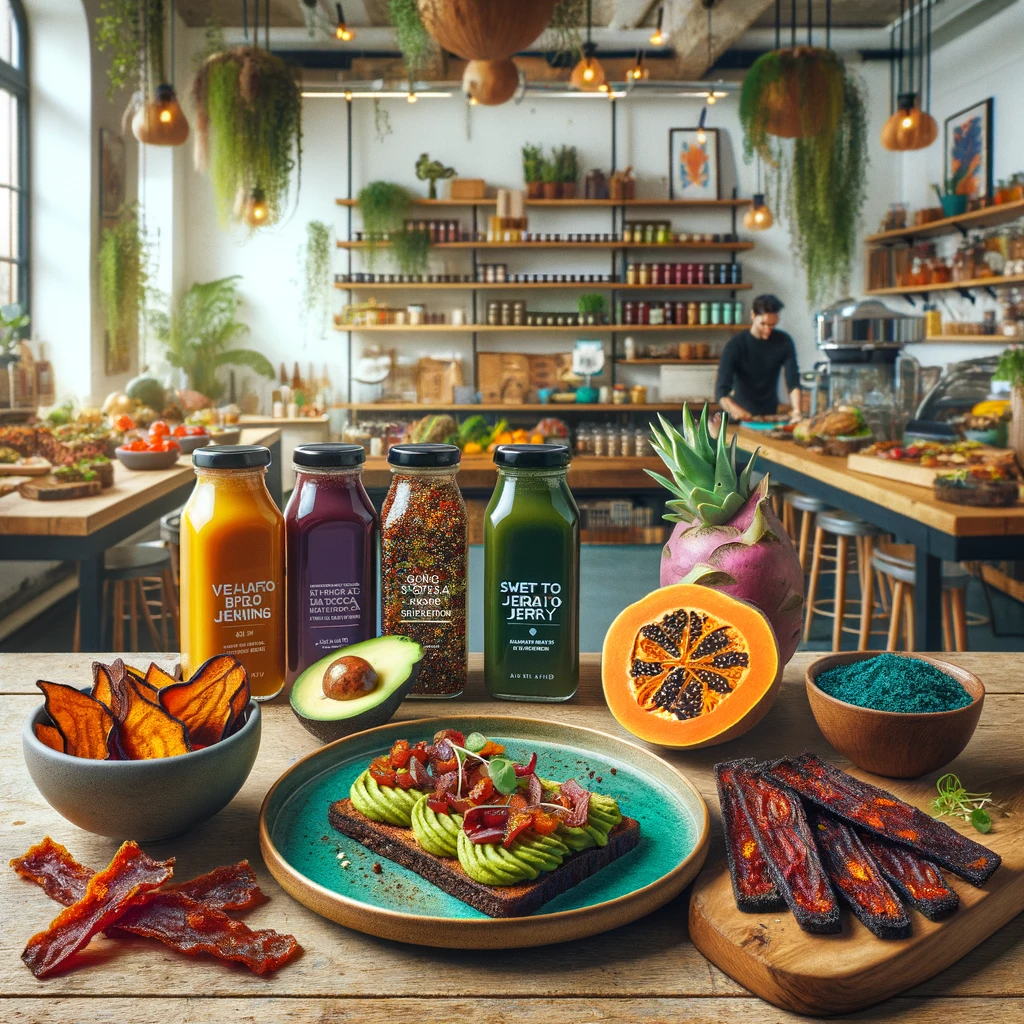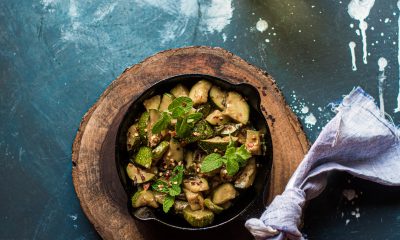Healthy Eating
Popcorn Health Benefits
Published
4 years agoon
By
Staff
Scientifically known as Zea Mays Everta, popcorn is variety of corn kernel that puffs up or expands when heated. The hull of popcorn kernel contains hard and starchy endosperm having 14 to 20 percentage of moisture that converts steam when the kernel is heated. As the pressure from the steam carries on, the hull ruptures that allows kernel to expand forcefully from 20 to 50 times of its original size. Some corn strains are especially cultivated as popping corns. Corn is of six major types: flint corn, dent corn, popcorn, pod corn, sweet corn and flour corn. It resembles corn-on-the-cob. The seeds of popcorn are bred selectively for producing desirable results such as high popping success and favorable grain color.
History
Firstly, corn was domesticated 10,000 years ago in Mexico. It is discovered that popcorn was known to human for thousands of years. The residue of popcorn was found to be dated around 3600 BCE in Mexico.
During 19th century, the popping of kernels was obtained by hand on stovetop. The kernels were sold under the name of Nonpareil or Pearls on the East Coast of United States. The word popped firstly appeared in Dictionary of Americanisms in 1848 of John Russell Bartlett.
The popcorn machine was invented by Charles Cretors in 1880s in Chicago. In 1890s, with the invention of popcorn maker, the accessibility of popcorn rapidly increased. A Chicago candy store owner, Cretors, made a number of steam powered machine to roast nuts and also applied technology to corn kernels. In the century, Creators made street carts equipped with steam powdered popcorn makers.
At the time of Great Depression, the price of popcorn was reasonable (5 to 10 cents a bag) and became quite popular. When the other businesses failed but the business of popcorn thrived and became an income source for struggling farmers. The sugar rations lowered the production of candy during World War II and then the Americans refunded by consuming three times much popcorn they had before. It was then became popular at theaters much to the displeasure to the theater owners who had a view that it distracted from films but eventually their minds changed. In 1938, Glen W. Dickson, a Midwestern theater owner installed popcorn machines in lobbies of his theaters. It got financial success and from there the trend spread soon.
Orville Redenbacher’s namesake brand of popcorn got launched in 1970. General Mills got first patent for the microwave popcorn bag in 1981 by considering the increase in popcorn consumption following tens of thousands of pounds in years.
Preparation of Popcorn
- Firstly take a large pan with a tight-fitting lid. Heat the pan by adding little oil. Add some kernels of corn. Cover and heat it. The kernels start to ‘pop’ by bursting out of its skins. When the popping sound decreases, remove the pan from heat and remove the lid carefully.
- A heavy-based pan is preferred to make popcorn so that the kernels don’t burn during cooking. Put only one-quarter full of corn kernels and not more than one-third full.
- Sprinkle it with icing sugar or a little salt while it is still warm or drizzle it with honey. Alternatively, little butter to the hot pan and put popcorn in it as it melts.
Health Benefits of Popcorn
Popcorn contains impressive amounts of fiber, antioxidants, polyphenolic compounds, manganese, vitamin B complex, magnesium and manganese. This nutrient offers numerous health benefits:
- Supports digestive system
Popcorn is a whole grain that contains germ, endosperm and bran. Similar to whole grain cereals, bread and rice, it also possess these three main parts. Being a natural whole grain, it comprises of fiber, Vitamin E, B complex vitamins and minerals. High content of fiber supports digestion by keeping the bowel movements regular, smooth and fast through digestive tract. It assists to prevent digestive conditions such as constipation. It also stimulates peristaltic motion of smooth intestinal muscles and promotes digestive juice secretion that maintains healthy digestive system.
- Maintains healthy cholesterol
Fiber is beneficial for the body and whole grains possess fiber that could eliminate excess cholesterol from the walls of blood vessels and arteries by lowering the overall level of cholesterol and also reducing the risk of harmful cardiovascular conditions such as heart attacks, atherosclerosis and strokes. It decreases the strain on cardiac system and the heart does not have to work hard for moving blood through clogged vessels as well as arteries.
- Level of Blood sugar
Fiber has a good impact on blood sugar. When the body holds adequate amounts of fiber, it regulates release as well as manages blood sugar and the level of insulin more effectively than people with low fiber. The lower chances of blood sugar fluctuations are helpful for diabetic patients and popcorn is preferable for the people with this disease.
- Prevent formation of cancerous cells
The research that has been conducted recently resulted that popcorn contains ample amount of antioxidants. It is regarded to be unhealthy junk food but now it has been stated that the popcorn’s hull encloses high polyphenolic compounds which is a powerful antioxidant. Antioxidants eliminate and scavenge free radicals which are associated with various ailments in the body such as cancer. Free radicals are responsible for mutation of healthy DNA cells in cancerous cells. The consumption of popcorn helps to lower these risks.
- Lower chances of premature aging
Besides cancer, free radicals are associated with the age related symptoms such as age spots, wrinkles, blindness, macular degeneration, cognitive decline, muscle weakness, dementia, Alzheimer’s disease, osteoporosis, hair loss and others. As popcorn contains powerful antioxidants, it keeps one healthy as well as happy by counteracting the free radical effects.
- Supports to lose weight
A cup of popped popcorn offers 30 calories which is five times less in comparison to greasy potato chips. Moreover, popcorn has fiber in it that makes full and prevents the release of ghrelin which is a hunger hormone. It also prevents the chances of overeating. Popcorn has low content of saturated fats as well as natural oils that is essential for maintaining healthy body.
- Bone health
Popcorn consists of adequate amount of manganese which is a great source of nutrition required to maintain and build healthy bones. It is a supplemental nutrient that supports the structure of bones in people with weak bones such as menopausal women. It also prevents the risk of arthritis, osteoporosis and osteoarthritis.
- Anemia prevention
The serving size of 28 grams of popcorn according to USDA offers 0.9 mg of iron. Though it has low content of iron, an adult men requires 8 mg of iron a day and an adult women requires 18 mg a day as women loses blood during menstruation. The surveys show that 10% of women have deficiency of iron. So incorporating popcorn in the diet provides adequate amount of iron in the body and prevents anemia.
- Rich in antioxidants
Popcorns are loaded with antioxidants such as polyphenols. Antioxidants eliminate free radicals that are responsible for severe diseases such as cancer. With balanced diet, popcorn promotes the intake of antioxidants to maintain healthy body. The presence of free radicals is associated with various health issues such as wrinkles, hair loss and aging.https://www.youtube.com/embed/iII28y3Hfg4?feature=oembed
Precautions
- Some people might get allergic reactions such as difficulty in breathing and swollen mouth.
- It also irritates the symptoms of inflammatory bowel disease.
- The bag in which popcorn is prepared with coated with perfluorinated compounds that suppress an immune function in children.
How to Eat
- It could be served sweetened or salted.
- In Peru, popcorn is sweetened with small candy pellets and condensed milk and consumed with salt.
- Buttered or salted popcorn is popular in Brazil.
- Popcorn is offered with hot sauce, jalapeno juice, butter, cheese or salt in Mexico.
- The popcorn balls could be served as a Halloween treat.
- Kettle corn is cooked with white sugar and salt in a large copper kettle.
Other Facts
- In Illinois, popcorn is considered to be an official snack.
- Popcorn kernels can pop to 3 feet in air.
- Popped popcorn is found in two shapes: Snowflake and Mushroom.
- Popcorns which do not pop are known as old maids.
- The world’s largest popcorn ball was recorded in Guinness book of record that weighs 3,423 lb (1,552.64 kg). It was made on USA by employees at The Popcorn Factory on 29 September 2006.
- Marion Popcorn Festival is regarded as the largest popcorn festival which attracts over two hundred thousand people.
- 19 February is celebrated as National Popcorn Day.
You may like
Healthy Eating
How Smart Technology is Revolutionizing Nutrition and Eating Habits
Published
8 months agoon
August 11, 2024By
Staff
In today’s fast-paced world, technology is reshaping every aspect of our lives, including how we eat and manage our health. The integration of smart technology into nutrition and eating habits is transforming the way consumers interact with food, offering unprecedented levels of personalization and insight. From wearable devices that track health metrics to AI-driven apps that provide dietary recommendations, technology is leading a revolution in how we approach nutrition.
The Rise of Wearable Technology
Wearable technology has become a cornerstone in the quest for better health and nutrition. Devices like fitness trackers and smartwatches are equipped with sensors that monitor various health metrics such as heart rate, physical activity, and even sleep patterns. These devices are not just about tracking; they provide actionable insights that help users make informed decisions about their diet and lifestyle. According to a report by the World Health Organization, maintaining a balanced diet is crucial for health, and technology is making it easier for individuals to achieve this balance by providing real-time feedback on their dietary choices.
One of the most significant advancements in wearable technology is the development of continuous glucose monitors (CGMs). These devices allow users to track their blood sugar levels in real-time, providing insights into how different foods affect their glucose levels. This technology is particularly beneficial for individuals with diabetes, enabling them to manage their condition more effectively. As noted in a study published by the National Institutes of Health, AI-driven dietary assessments are becoming increasingly sophisticated, offering personalized nutrition advice based on individual health data.
AI and Machine Learning in Nutrition
Artificial intelligence (AI) and machine learning are playing pivotal roles in the evolution of personalized nutrition. These technologies analyze vast amounts of data to provide tailored dietary recommendations that cater to individual needs and preferences. Apps like SnapCalorie use AI to estimate the calorie content of meals from photographs, making it easier for users to track their intake without manual logging. This innovation is part of a broader trend towards hyper-personalization in the food industry, where consumers expect products and services tailored to their unique health profiles.
AI is also being used to develop personalized meal plans based on genetic information. The concept of a “DNA diet” is gaining traction, with companies offering genetic testing to create nutrition plans that align with an individual’s genetic makeup. This approach is supported by research from the Australian Institute of Food Science and Technology, which highlights the potential of genetic data to inform dietary choices and improve health outcomes.
Smart Shopping and Meal Planning
Technology is not only changing how we eat but also how we shop for food. QR codes and mobile apps are becoming common tools for consumers to access nutritional information and personalized recommendations while shopping. These technologies enable shoppers to make informed decisions about the products they purchase, aligning their choices with their health goals. A report by Nutrition Australia emphasizes the importance of informed food choices in promoting health and well-being, a goal that technology is helping to achieve by providing consumers with easy access to detailed product information.
Meal planning has also been revolutionized by technology. Online services offer personalized meal kits that cater to specific dietary needs, delivered directly to consumers’ doors. These services use data-driven insights to create meals that align with users’ nutritional goals, making healthy eating more accessible and convenient. The rise of these services reflects a broader shift towards digital dining, where technology enhances the culinary experience both at home and in restaurants.
The Impact of Social Media and Digital Dining
Social media platforms are playing a crucial role in shaping eating habits and food trends. Platforms like Instagram and TikTok are not just sources of inspiration but also tools for discovering new recipes and dietary approaches. Consumers are increasingly turning to social media for cooking tips and nutritional advice, with influencers and brands sharing content that resonates with their audiences. This trend is part of a larger movement towards digital dining, where technology enhances the food experience by providing new ways to engage with food and nutrition.
Virtual reality (VR) and augmented reality (AR) are also making their way into the dining experience. Restaurants are using these technologies to create immersive dining experiences that engage customers in new and exciting ways. For example, VR can transport diners to different culinary landscapes, while AR can provide interactive menus that offer detailed information about each dish. These innovations are transforming the dining experience, making it more interactive and personalized.
Challenges and Opportunities
While the integration of technology into nutrition and eating habits offers numerous benefits, it also presents challenges. Data privacy is a significant concern, as consumers must share personal information to access personalized services. Ensuring the security of this data is crucial to maintaining consumer trust. Additionally, the rapid pace of technological advancement can create disparities in access, with some populations benefiting more than others from these innovations.
Despite these challenges, the opportunities presented by smart technology in nutrition are vast. As technology continues to evolve, it has the potential to make healthy eating more accessible, personalized, and enjoyable. By leveraging data and AI, consumers can gain deeper insights into their health and make informed decisions that enhance their well-being.
Conclusion
The integration of smart technology into nutrition and eating habits is reshaping the food landscape, offering consumers unprecedented levels of personalization and insight. From wearable devices that track health metrics to AI-driven apps that provide dietary recommendations, technology is leading a revolution in how we approach nutrition. As these innovations continue to evolve, they hold the promise of making healthy eating more accessible and personalized, ultimately enhancing the quality of life for individuals around the world.
Healthy Eating
Pioneering Healthy Ingredients Through Traditional Fermentation
Published
10 months agoon
June 2, 2024By
Staff
In the constantly evolving landscape of food technology, the integration of traditional practices with modern innovations is creating a revolution in healthy food ingredients. Traditional fermentation, a technique that has been around for millennia, is now being reimagined and applied in novel ways to produce healthier, more sustainable food products. This convergence of old and new methodologies is not only enhancing the nutritional profile of food but also addressing contemporary health and environmental concerns.
Traditional Fermentation: A Timeless Technique
Fermentation, a process where microorganisms like bacteria, yeast, and molds convert organic compounds—primarily carbohydrates—into alcohol or acids, has been used for centuries to create a variety of foods and beverages. From the tangy depth of soy sauce and the zesty punch of kimchi to the smooth texture of yogurt, fermentation has played a crucial role in culinary traditions across the globe.
Recently, scientists and food technologists are rediscovering the potential of fermentation to produce not just delicious, but also nutritionally superior food ingredients. Traditional fermentation methods are being leveraged to enhance the health benefits of foods, making them more bioavailable and easier to digest. For instance, the production of erythritol, a sugar alcohol used as a low-calorie sweetener, relies heavily on fermentation. Unlike artificial sweeteners, erythritol does not spike blood sugar levels, making it a preferred choice for people managing diabetes and those looking to reduce their sugar intake (IFT).
The Health Benefits of Fermented Foods
Fermented foods are celebrated not just for their unique flavors but also for their health benefits. These benefits are primarily due to the presence of probiotics, live bacteria that are good for the digestive system. Probiotics are known to improve gut health, enhance immune function, and even boost mental health. According to the National Institutes of Health, probiotics can help prevent and treat diarrhea, irritable bowel syndrome (IBS), and some infections.
Furthermore, the fermentation process can increase the bioavailability of nutrients. For example, the fermentation of soybeans to make tempeh or miso increases the availability of vitamins and minerals, making these nutrients easier for the body to absorb. This process also reduces the presence of antinutrients—substances that can interfere with the absorption of nutrients—thereby enhancing the overall nutritional value of the food (Harvard T.H. Chan School of Public Health).
Innovative Applications and Future Directions
The reapplication of fermentation in modern food production is paving the way for a new generation of healthy food ingredients. For instance, companies are now using precision fermentation, a technique that involves the genetic modification of microorganisms to produce specific compounds. This method is being used to create proteins that are identical to those found in animal products, but without the associated environmental footprint.
One notable example is the production of lab-grown dairy proteins. By using genetically engineered yeast to ferment sugars, companies can produce casein and whey proteins, which are the primary proteins found in milk. These proteins can then be used to make cheese, yogurt, and other dairy products that are virtually indistinguishable from their traditional counterparts in taste and texture, but without the need for animal farming. This not only offers a sustainable alternative to traditional dairy farming but also provides options for people with lactose intolerance or those following a vegan diet (Good Food Institute).
In addition to dairy, fermentation is also being used to produce plant-based meat alternatives. By fermenting plant proteins, companies can create products that mimic the taste and texture of meat. This innovation is particularly significant as it provides a sustainable and ethical alternative to meat, addressing concerns related to animal welfare, environmental impact, and health.
Environmental and Economic Impact
The environmental benefits of fermentation-based food production are substantial. Traditional animal farming is a significant contributor to greenhouse gas emissions, deforestation, and water use. In contrast, fermentation requires fewer resources and generates less waste. Precision fermentation, in particular, has the potential to dramatically reduce the environmental footprint of food production.
Economically, the fermentation industry is poised for significant growth. According to a report by the Food and Agriculture Organization, the global market for fermented foods is expected to grow substantially in the coming years. This growth is driven by increasing consumer awareness of the health benefits of fermented foods, as well as a growing demand for sustainable and ethical food products.
The scalability of fermentation processes also makes them economically viable. Traditional fermentation methods can be adapted and scaled up using modern biotechnological tools, allowing for mass production of high-quality food ingredients. This scalability ensures that fermented products can meet the growing global demand for healthy and sustainable food.
Challenges and Considerations
Despite the numerous benefits, there are challenges associated with the widespread adoption of fermentation technology in food production. One significant challenge is the regulatory landscape. Fermented foods and ingredients, especially those produced using genetically modified organisms (GMOs), are subject to stringent regulations. Navigating these regulations can be complex and time-consuming.
There is also the challenge of consumer perception. While awareness of the benefits of fermented foods is growing, some consumers remain skeptical of foods produced using biotechnology. Education and transparent communication about the safety and benefits of these products are crucial for gaining consumer trust.
Furthermore, there is the issue of scaling up production. While fermentation is a relatively efficient process, it requires precise control of environmental conditions to ensure the desired outcomes. This can be technically challenging and requires significant investment in infrastructure and expertise.
Conclusion
The fusion of traditional fermentation techniques with modern biotechnology is revolutionizing the production of healthy food ingredients. By enhancing the nutritional profile of foods, improving sustainability, and offering ethical alternatives to animal products, fermentation technology holds the promise of a healthier and more sustainable future.
As this field continues to evolve, it will be essential for stakeholders—including scientists, food producers, regulators, and consumers—to work together to overcome challenges and maximize the benefits. The future of food is being shaped by these innovations, and the potential impact on our health and the environment is profound.
For more detailed insights into the role of fermentation in modern food production, you can read the full article on the Institute of Food Technologists’ website.
Healthy Eating
Vegan Food News of the Week: Innovations and Delights
Published
1 year agoon
March 28, 2024By
Staff
In the ever-evolving world of vegan cuisine, this week has brought a plethora of delightful updates and innovations. From the world’s first plant-based soup dumplings to celebrity-endorsed juices and advancements in vegan honey, the vegan food industry continues to surprise and inspire with its creativity and commitment to sustainability. Here’s a rundown of some of the most exciting developments.
Soup Dumplings Get a Vegan Makeover
One of the most notable innovations this week is the introduction of the world’s first plant-based soup dumplings by dumpling brand MìLà. Traditionally, soup dumplings, or xiaolongbao, rely on gelatin to keep the broth gelatinous until steamed. MìLà’s new Vegetarian Soup Dumplings, which are entirely vegan, utilize a patent-pending vegan gelatin and jackfruit to mimic the traditional texture and flavor. This development comes after two years of rigorous testing and is a significant step forward in making popular cuisines accessible to the vegan community.
Avocado Toast Seasoning Revolution
European brand Just Spices has introduced a novel seasoning blend designed specifically for avocado toast. This blend, which includes tomato flakes, chilies, black sesame, and tellicherry pepper, promises to elevate the simple avocado toast to new culinary heights. Just Spices’ expansion into the US market is supported by The Kraft Heinz Company, highlighting a growing trend of traditional food giants exploring the plant-based space.
Vegan Jerky from Theo’s Plant Based
In the snack category, Theo’s Plant Based has launched an innovative Sweet Potato Jerky. This snack combines the natural sweetness of sweet potatoes with a variety of flavors, including Garlic Herb, Maple Dijon, Miso Nori, and Korean BBQ. Theo’s commitment to using the whole vegetable and sourcing from regenerative and organic farms emphasizes the sustainability aspect of vegan snacking.
Planta Burger Expands Its Reach
Planta, a vegan restaurant chain known for its upscale plant-based fare, is expanding its popular Planta Burger concept through four ghost kitchens across Florida and New York City. The concept, which started in Toronto, offers a variety of plant-based burgers, sides, shakes, and treats, catering to the growing demand for high-quality vegan fast food.
Innovations in Vegan Dairy and Honey
The dairy and honey alternatives market is also seeing exciting developments. Bored Cow has launched the first vegan drinkable yogurt line made with animal-free whey, available in Vanilla, Strawberry, and Passionfruit Mango flavors. Meanwhile, MeliBio is revolutionizing the honey industry with its bee-free Spicy Habanero Hot Honey, offering a vegan alternative to this popular condiment.
Erewhon and Kourtney Kardashian Team Up for Lemme Juice
In collaboration with wellness brand Lemme, owned by Kourtney Kardashian, Los Angeles grocery store Erewhon has launched a new plant-based juice. Priced at $17, this luxurious blend includes ingredients like coconut and almond milk, pitaya, sea moss, blue spirulina, lavender, maple syrup, and custom probiotics, setting a new standard for health-conscious beverages.
Sweet Treats from Nature’s Bakery
Finally, Nature’s Bakery is expanding its vegan brownie line with a new Salted Caramel flavor. Made with whole grains, dates, and vegan chocolate, this new addition promises a delicious and wholesome snacking option.
These updates from the vegan food industry underscore the sector’s continuous innovation and growth. As consumer interest in plant-based options rises, companies are responding with creative solutions that not only cater to vegan and vegetarian diets but also appeal to a broader audience looking for sustainable, healthy food choices. With each new development, the vegan food industry moves closer to offering a plant-based alternative for every palate and preference.
For more detailed insights and developments in the vegan food industry, check out the full article on VegNews.
The vegan food scene is more vibrant and innovative than ever, offering exciting options for every meal and craving. Whether you’re a long-time vegan or just curious about plant-based eating, these developments are sure to inspire and delight.

Make Thanksgiving 2024 a Breeze

Reviving Your Kitchen’s Wooden Treasures: The Art of Making Spoon Butter

Food & Wine Magazine Unveils 2024 “Best New Chefs”: A Celebration of Culinary Innovation and Diversity

Kitchen Cabinet Organization Tips and Ideas this 2020

Sending shockwaves to Measure the Ripeness of Fruit

New York’s Eisenberg Sandwich Shop is Closed Indefinitely
Trending
-

 Tips & Advice5 years ago
Tips & Advice5 years agoKitchen Cabinet Organization Tips and Ideas this 2020
-

 News & Stories4 years ago
News & Stories4 years agoSending shockwaves to Measure the Ripeness of Fruit
-

 Restaurants4 years ago
Restaurants4 years agoNew York’s Eisenberg Sandwich Shop is Closed Indefinitely
-

 Recipes4 years ago
Recipes4 years agoCrazy and Effortless Delicious Breakfast: Huevos Al Nido
-

 Kitchen Gadgets4 years ago
Kitchen Gadgets4 years ago9 AMAZING FEATURES OF CAST IRON SKILLET PANS
-

 Chefs4 years ago
Chefs4 years agoPhat Eatery Chef-Owner Launches Ghost Concept: Phat Kitchen
-

 Kitchen Gadgets4 years ago
Kitchen Gadgets4 years agoWhy Ove Gloves are the Best Oven Mitts
-

 Kitchen Gadgets4 years ago
Kitchen Gadgets4 years agoHow to Care for Stainless Steel Cookware
